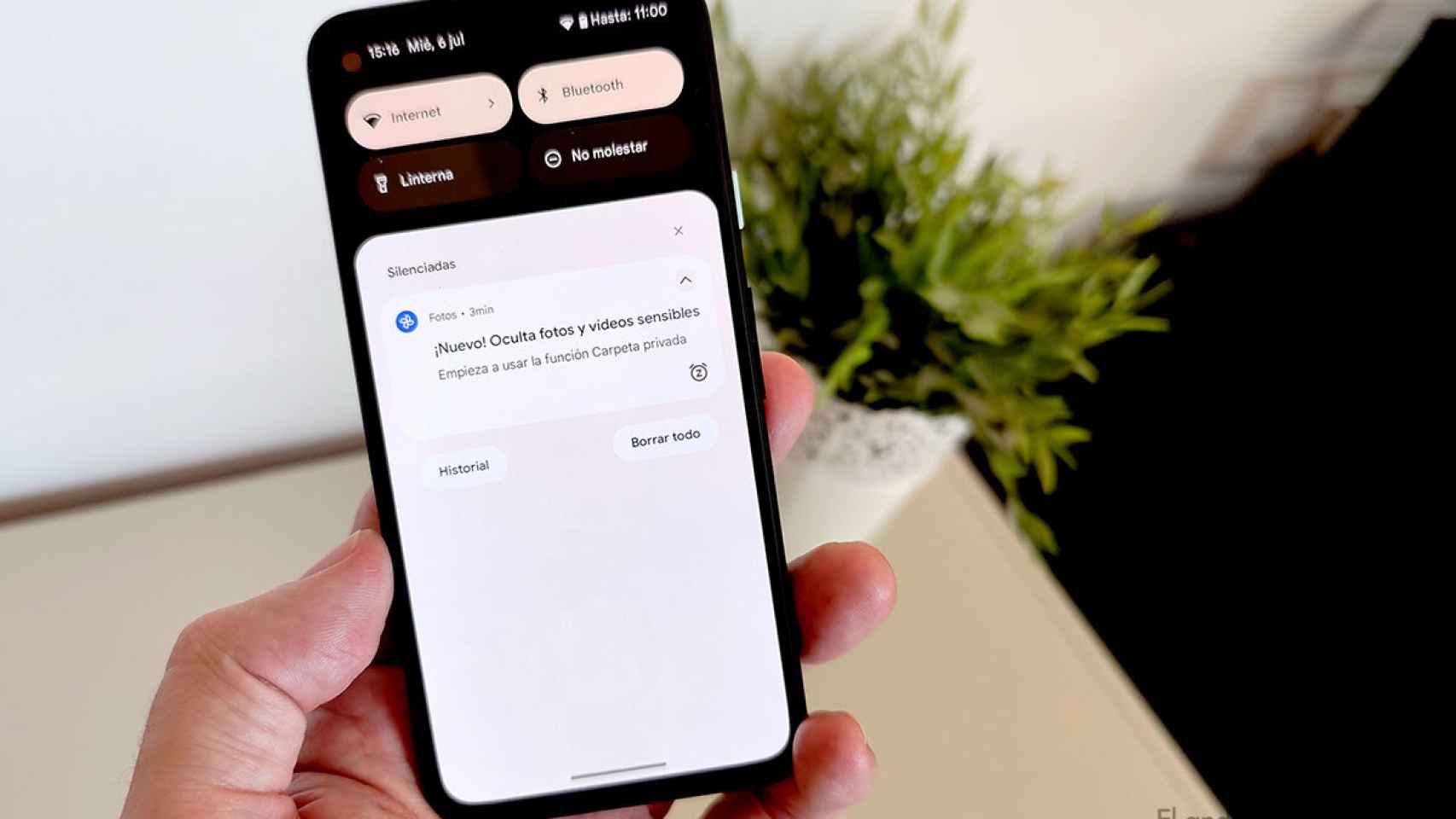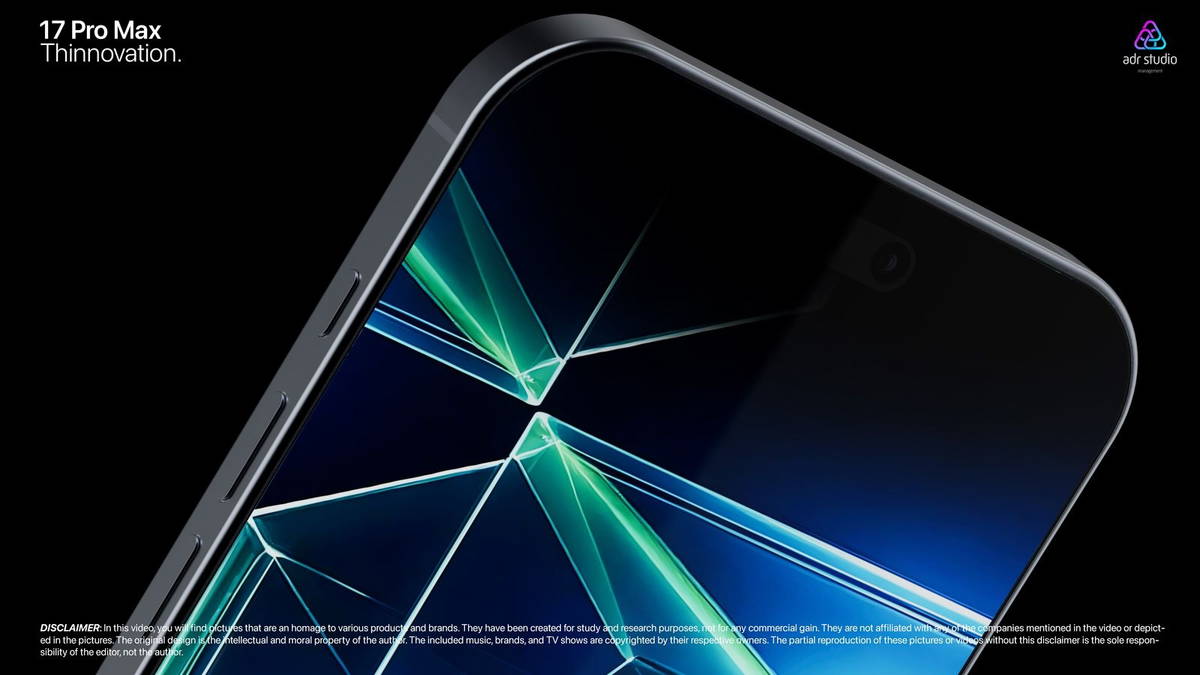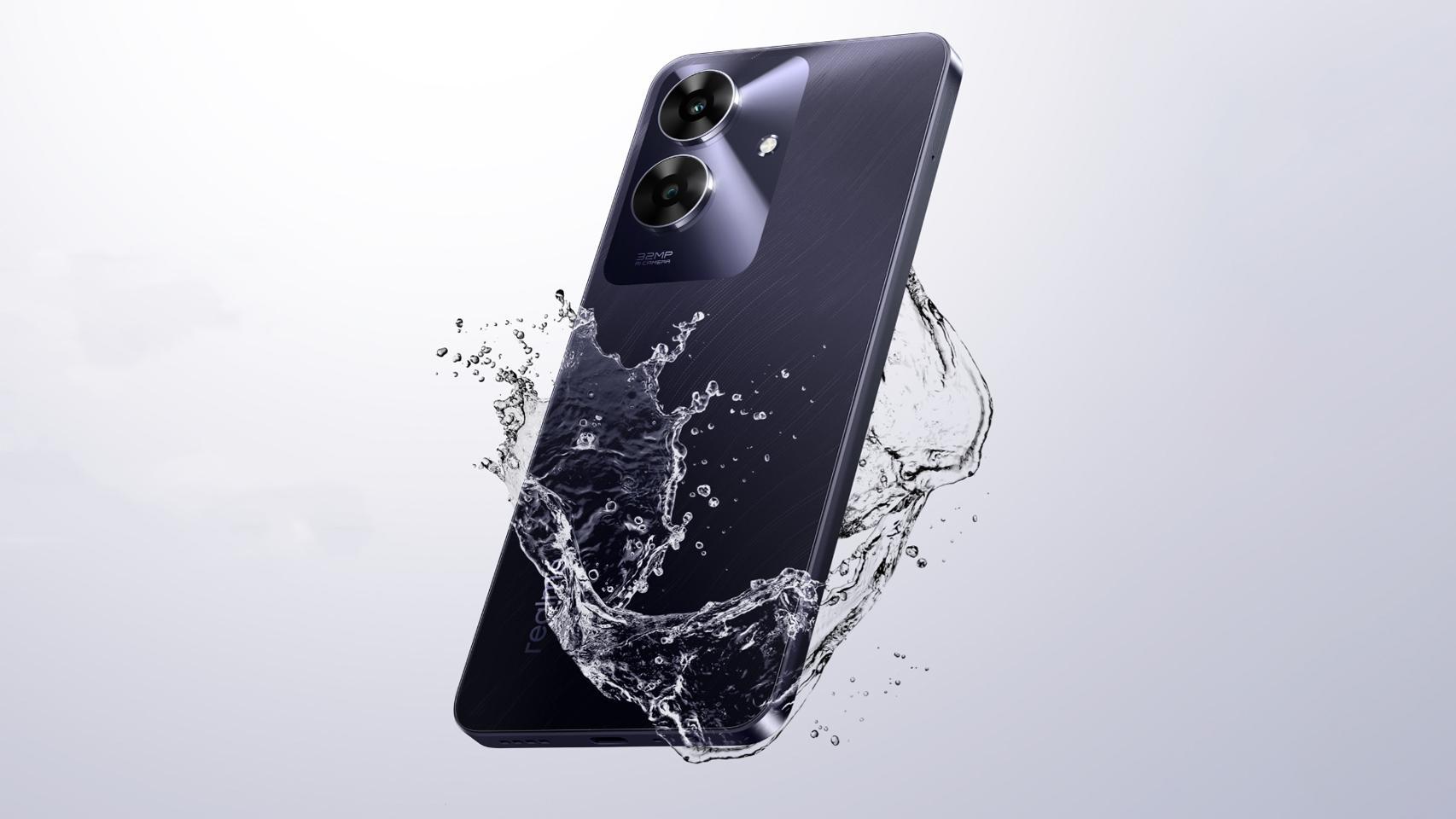It’s only been a week since the launch of the M4 MacBook Pro. The lucky ones already have it in their hands. From here, sand surprises can be found, as happened inside the Mac mini. And, of course, the MacBook Pro also had something to surprise us.
Analysts have already set their eyes (and their tools) on your screen. And, although Apple “only” said that the maximum brightness had increasedbehind this change there is an improvement in all screen technology that brings it closer to a future MacBook Pro with an OLED screen.
Quantum dots: the silent revolution of the MacBook Pro M4
As Ross Young shared in X, Apple took a technological leap by integrating a film about quantum dots instead of the traditional KSF red phosphor film on the latest MacBook Pro models with M4. Ross Young is an analyst at DSCC and an expert in this field.
This quantum dot technology has been studied by Apple since 2014 and allows us to show Brighter colors and improved motion performance. Something that is noticeable on high refresh rate screens (120 Hz) like that of the MacBook Pro M4.
Big Apple posts news, they adopted quantum dots for the first time. The latest MacBook Pro (M4) uses quantum dot (QD) film rather than KSF red phosphor film.
In the past, Apple has opted for the KSF solution due to better efficiency and the absence of cadmium (Cd), but the… pic.twitter.com/5olq9lEHs9
–Ross Young (@DSCCRoss) November 14, 2024
To understand why this improvement is so important, you need to know what exactly quantum dots are. These are small nanocrystals so small that they are measured in nanometers.. A nanometer is one millionth of a millimeter, to give you an idea.


What’s fascinating about quantum dots is how they behave when energy is applied to them. When light from the LED backlight hits them, they emit light in specific, very pure colors.. The size of each quantum dot determines the color it emits: the smallest tend toward blue, while the largest tend toward red. This is how the RGB “grid” is created with which all the colors we see are composed.


Looking at the color analysis in detail, on the left we would have the screen of the previous MacBook Pro M3. On the right, the new MacBook Pro M4. As we see, green and blue color is much higher.
What are the advantages of quantum dots?
- More vibrant and accurate colors
- Greater brightness
- Better contrast
- Energy efficiency
What is curious is that Apple had not implemented this technology previously because it contained cadmium, a toxic material. However, they managed to develop a cadmium-free version. At first glance, we might not notice a drastic change, but this improvement brings the MacBook Pro’s display closer to the color gamut and performance of OLED displays.


Macbook Pro mini-LED panel
Because to all this we must add that the MacBook Pro screen is mini-LED. That is to say that behind there are thousands of LEDs which illuminate the screen by independent parts
This is why the use of Quantum Dots does not mean that Apple will not include an OLED panel in its MacBook Pro. There are already rumors about Apple’s plans and everything indicates that in 2026 they will present this model with the M6 . chip. Yes, that seems a bit far away, right?
Apple MacBook Pro Laptop with M4 Chip, 10-Core CPU and GPU – Designed for Apple Intelligence, 14.2-inch Liquid Retina XDR Display, 16GB Unified Memory, 512GB SSD, Space Black
*Some prices may have changed since the last review
If you want to switch to Mac or renew yours, andThe MacBook Pro M4 is a master’s choice. And even more so now, since its screen has improved compared to the previous generation, not to mention the jump in performance behind the M4 chips.
In Applesfera | Elon Musk is surprised by a feature of Apple’s new MacBook Pro: “It’s impressive”
In Applesfera | From 599 to more than 15,000 dollars: this is the complete Apple catalog with the new Mac mini, iMac and MacBook Pro









